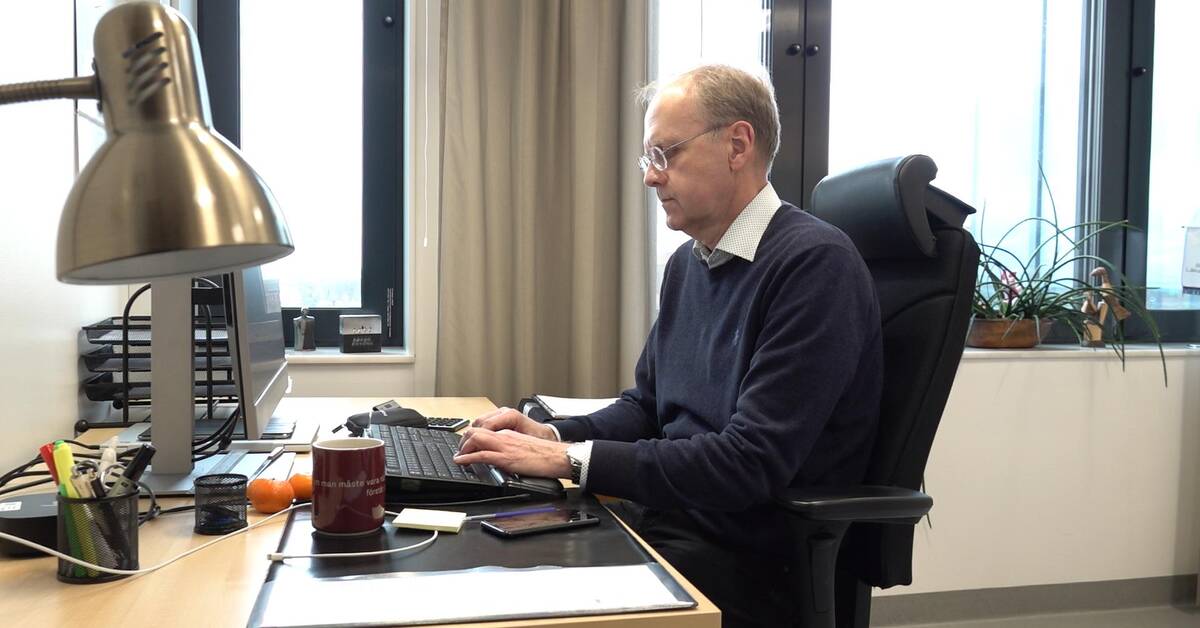When the broad mass testing is now completed, it can be stated that it seems to have played a significant role where in the country you live for what opportunity you had to test for covid-19.
It shows statistics produced by Uppdrag Granskning and SVT's local news.
In Blekinge, an average of 1.15 tests per inhabitant were carried out until 31 December 2021 - second least in Sweden and just over half as many as in the region that tested the most.
- We actively chose not to test children, we did not see that there was any reason for it.
I think that is the biggest reason.
Then some regions were very active in screening care staff and the like, we did not do that either, says Bengt Wittesjö, infection control doctor.
"Do not think it makes a difference"
But even if Blekinge is at the bottom of the statistics, he does not think that more should have been done.
Rather the opposite.
- In environments where there are people who risk becoming seriously ill, you should of course test widely.
But out among the general public, among healthy people, I do not think it makes much difference to test and trace infections, he says.
More tests - fewer deaths?
A research report to the Corona Commission's interim report pointed to a possible link between how increased testing has led to fewer deaths.
But that dismisses Bengt Wittesjö.
- There is no causal connection there, it is more that it happens to look like that when you compare two numbers.
That it is connected is not at all certain, he says.
And the statistics are on his side - even though Blekinge tested second least in the country, the death toll is also among the lowest in the country.
Hear more about the infection control doctor's resistance to mass testing in the clip above.

